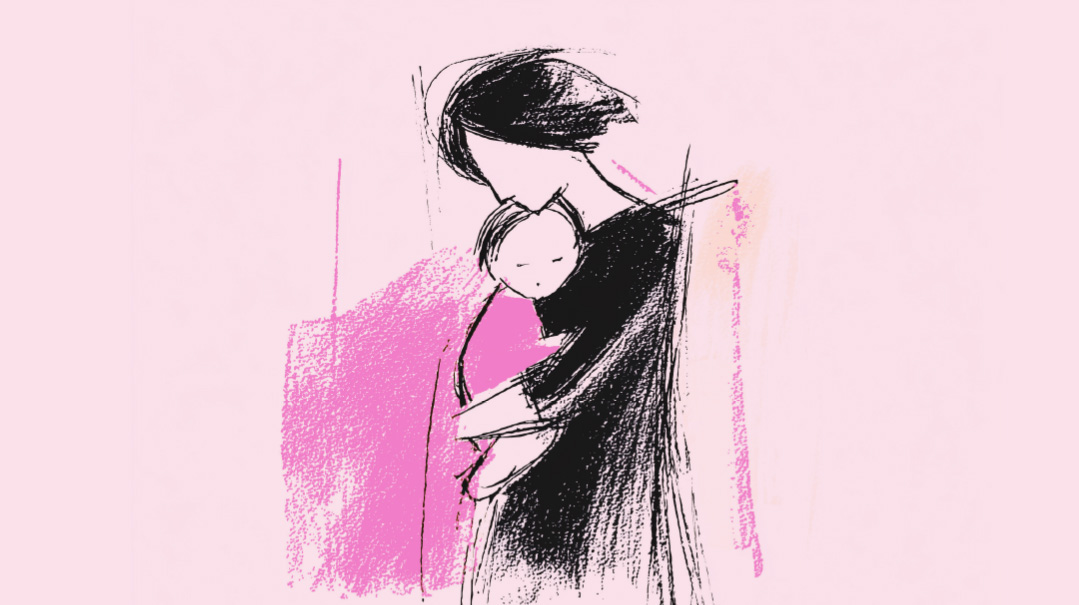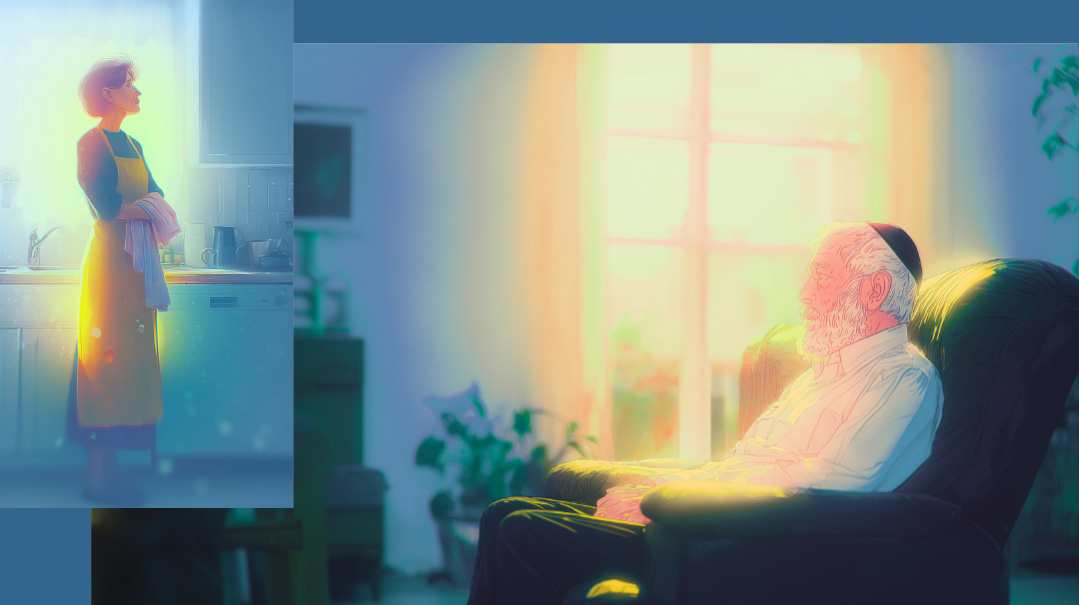Live the Dream
| October 12, 2021All I had to do was figure out my deepest desire, work to activate it — and it would happen?

"Dear Future Me, I hope to ___, I want to ___, I dream of ____, I believe ___.” I’d seen the ads for Dina Friedman’s Power Series course, where women seem to get everything they ever desired: an engagement, a baby, a new home, a new job, and more. I was intrigued, so when Family First presented me with the opportunity to take the Power Series course and write about my experience, I jumped. My successes were not quite as pronounced. I gained only self awareness and life skills.
Would this course really work for me? I wasn’t sure. Honestly, I’m a tad lazy (don’t tell my kids). Still, I love to learn (tell my kids!), so, I decided not to tell Family First they’d be better off with someone more conscientious. And though I knew Dina is heavy on the homework — the processes she teaches don’t become internalized and habitual without work — I signed up anyway. I had high hopes that in addition to what it promised, Power Series would change my nature.
The Power Series is a live course, not pre-recorded like the Chanoch L’Naar one, which was important to me. There’s accountability in a live class, since, though I like to believe I have the grit to stick to something, I still have 20 pounds to lose. (The same 20 I referenced in my very first Family First article. Yeah.)
Plus, the live class would give me the opportunity to ask questions as they come up. Also — and here’s the part I’m not as proud of — I was being commissioned. Which meant I’d need to follow through and do the work, because how can I convince you if it didn’t work for me?
I’d do this. I’d do it right. And I’d report back with brutal honesty.
The Power Series Concepts Defined
Koach Haratzon: “Desire is good,” says Dina, dispelling any notions about denying yourself the things you want. On the contrary, desires are Hashem’s way of operating through you to expand you, your life experiences, and ultimately the world itself. Hashem created This World to give, as we know from Mesillas Yesharim. By acknowledging our desires and asking Hashem for what we want, we allow His shefa to flow.
But for this to work, you really need to desire your Desire. Question is, if we’ve been conditioned to suppress desire, how can we get there?
Welcome to the Power Series. Dina’s here to show you how to activate your desires, and she’ll stick with you until they manifest. The tools and processes she teaches are important steps on this journey.
Koach HaTefillah: Hashem has set up a world in which we need to ask for things in order to get them. But not all tefillos are created equal. Dina wants you to daven in a way that’ll get you what you really want.
Koach HaEmunah: Learning to let go of limiting beliefs and believing that all things are possible for you.
Trust: What is trust and how can we grow it? You need to truly trust that you’re worthy of achieving your Desire. Do you have doubts? Take advantage of Dina! She’ll walk you through the process, and she won’t give up until you’re trusting.
Letting Go of Attachment: I desire. I davened properly. I have Emunah and trust. So where is my Ideal Situation? Relax, says Dina. Hashem knows what He’s doing, and He’s building in this time lag so your Desire will manifest “in this way, or an even better way.” But this is Dina, so she’s not going to leave you without a tool to get you over your feeling of desperation.
Koach HaMachshavah: This comprises the essence of the Power Series. Learn to focus on the ideal rather than your lack of it to invite Positivity into your life. Positivity attracts Positivity and positive energy will bring forth your Desire.
Within Koach Hamachshavah, Dina teaches myriad practical process to keep your positive energy flowing and your emotions up. It’s about getting rid of subconscious beliefs, about finding the benefits to your current reality and removing overwhelm. There are at least 15 processes that will get you there, and Dina walks you through each one.
Take what speaks to you, Dina says, but don’t think you’ll get what you want without inner work.
Koach HaHishtadlus: The hishtadlus you’re called upon to do should be clear and logical. Once you’ve done your inner work, you should be able to recognize the next steps. But if you’re still not sure, fear not. There’s also a tool to figuring it out — and powering you through it.
Financial Abundance: This one gets its own heading because it’s so much more than a new home or car. Within the topic of financial abundance, Dina teaches practical tips for spending and saving, but also how to open yourself up to receive more of it.
Oops! We could not locate your form.







